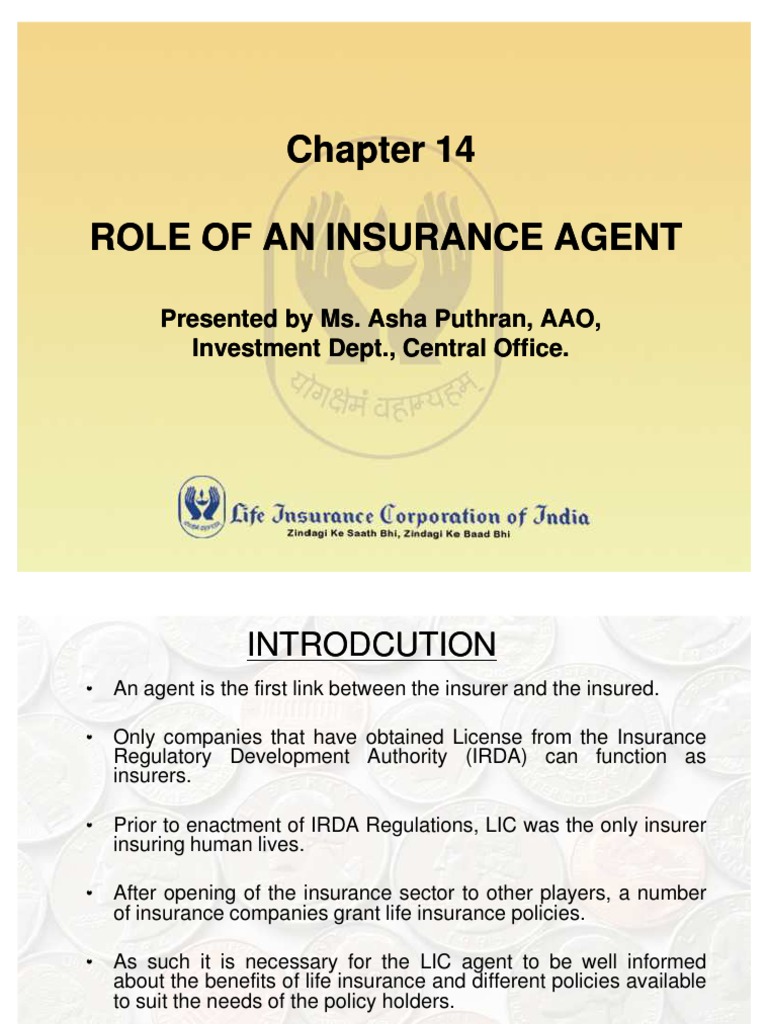4 Easy Facts About Pacific Prime Shown
The Facts About Pacific Prime Uncovered
Table of ContentsThe smart Trick of Pacific Prime That Nobody is DiscussingThe 6-Second Trick For Pacific PrimeWhat Does Pacific Prime Mean?The 6-Minute Rule for Pacific PrimeSome Known Factual Statements About Pacific Prime

This is due to the fact that the data were gathered for a duration of strong financial performance. Of the approximated 42 million people who were without insurance, all but concerning 420,000 (about 1 percent) were under 65 years of age, the age at which most Americans become qualified for Medicare; 32 million were grownups between ages 18 and 65, about 19 percent of all grownups in this age team; and 10 million were children under 18 years of age, regarding 13.9 percent of all youngsters (Mills, 2000).
These estimates of the variety of persons without insurance are created from the annual March Supplement to the Present Populace Study (CPS), performed by the Census Bureau. Unless otherwise kept in mind, nationwide estimates of individuals without health and wellness insurance and percentages of the populace with various kinds of protection are based upon the CPS, one of the most extensively used source of quotes of insurance policy protection and uninsurance prices.
3 Easy Facts About Pacific Prime Explained

Still, the CPS is especially useful due to the fact that it generates yearly estimates relatively quickly, reporting the previous year's insurance policy protection estimates each September, and because it is the basis for a consistent collection of quotes for more than 20 years, permitting evaluation of patterns in coverage over time. For these factors, in addition to the substantial use of the CPS in other researches of insurance policy coverage that are presented in this record, we rely upon CPS price quotes, with constraints noted.

The estimate of the variety of uninsured individuals expands when a populace's insurance coverage standing is tracked for several years. Over a three-year duration beginning early in 1993, 72 million individuals, 29 percent of the united state populace, were without protection for at least one month. Within a solitary year (1994 ), 53 million people experienced a minimum of a month without insurance coverage (Bennefield, 1998a)
6 out of every ten without insurance adults are themselves employed. Working does enhance the possibility that one and one's household members will certainly have insurance coverage, it is not a guarantee. Also members of households with two full time breadwinner have nearly a one-in-ten possibility of being without insurance (9.1 percent uninsured price) (Hoffman and Pohl, 2000).
The Buzz on Pacific Prime
New immigrants account for a significant percentage of people without medical insurance. One evaluation has attributed a considerable portion of the recent growth in the dimension of the united state without insurance populace to immigrants that got here in the country between 1994 and 1998 (Camarota and Edwards, 2000). Recent immigrants (those who involved the USA within the past four years) do have a high rate of being uninsured (46 percent), however they and their youngsters account for simply 6 percent of those without insurance country wide (Holahan et al., 2001).
The connection between medical insurance and access to care is well developed, as recorded later on in this phase. Although the partnership between medical insurance and health and wellness results is neither direct nor basic, an extensive medical and health services research study literature links medical insurance coverage to enhanced access to care, much better high quality, and boosted individual and populace wellness status.
Levels of analysis for examining the effects of uninsurance. This conversation of wellness insurance coverage concentrates primarily on the united state populace under age 65 because virtually all Americans 65 and older have Medicare or various other public protection. It concentrates specifically on those without any kind of wellness insurance coverage for any size of time.
Rumored Buzz on Pacific Prime
The problems encountered by the underinsured remain in some areas comparable to those encountered by the uninsured, although they are generally much less severe. international health insurance. Uninsurance and underinsurance, nonetheless, include distinctly different policy issues, and the strategies for resolving them may vary. Throughout this research and the 5 records to comply with, the primary focus gets on individuals without wellness insurance and hence no aid in spending for healthcare past what is offered with charity and security internet establishments
Medical insurance is an effective element impacting receipt of treatment since both patients and medical professionals react to the out-of-pocket cost of services - https://anotepad.com/notes/23abm5wr. Medical insurance, nonetheless, is neither needed neither enough to get to medical services. Nonetheless, the independent and straight result of medical insurance protection on accessibility to wellness services is well established.
Others will acquire the health and wellness care they need even without medical insurance, by paying for it expense or seeking it from carriers who offer treatment cost-free or at extremely subsidized rates. For still others, medical insurance alone does not ensure receipt of treatment since of other nonfinancial barriers, such as a lack of wellness care carriers in their community, limited access to transport, illiteracy, or linguistic and social distinctions.
Pacific Prime Things To Know Before You Buy
Formal research study regarding without insurance populaces in the United States dates to the late 1920s and early 1930s when the Board on the Cost of Medical Treatment created a collection of reports about financing medical professional office brows through and hospital stays. This concern became salient as the numbers of medically indigent climbed during the Great more Depression.